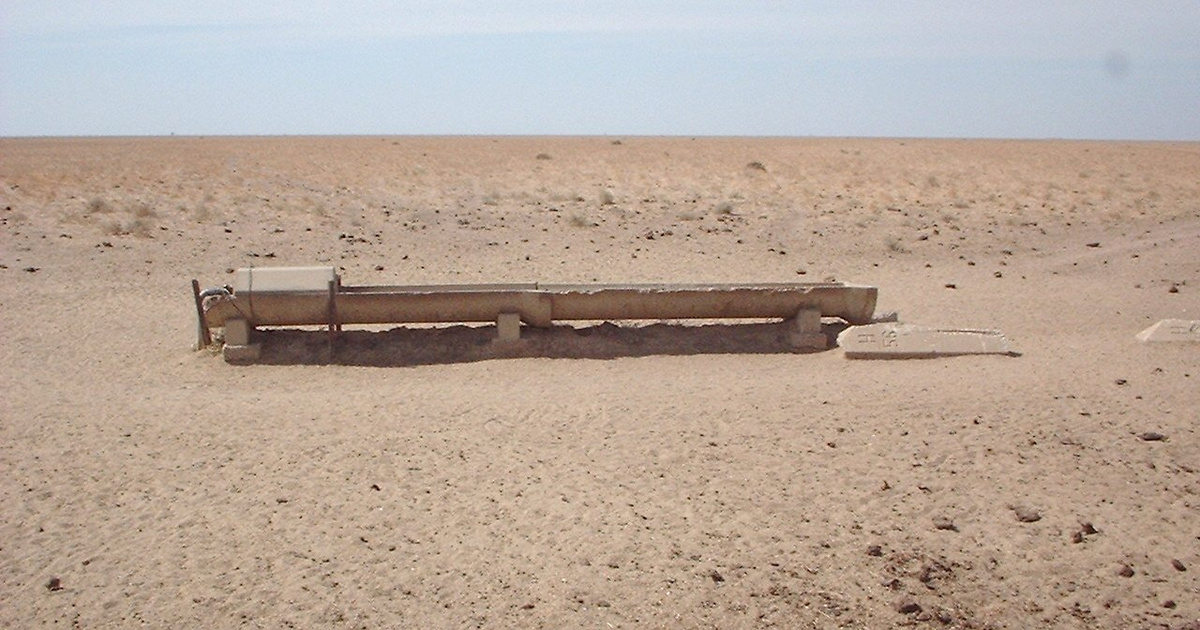Also, Professor at the University of Sydney A conversationHe explained that asteroid impacts are difficult to detect on Earth for a number of reasons. One of the main causes is natural erosion, wind, water, and gravity collapse and erase the distinctive traces over time. It is covered by geological layers, but it can go under the crust with a submerged tectonic plate.
Glickson recalls the scene familiar to many, when a pebble falls into the water, sinks at the point of entry, and then rises to the surface of the water. A similar central peak forms in the center of larger impact craters. This is also hard to find after thousands of years due to erosion, but this component is often the deciding factor when identifying a crater.
Deniliquin was first identified as an impact crater by research conducted between 1995 and 2000, when magnetic data from geophysical measurements showed a circular structure with a diameter of 520 kilometers. Measurements confirmed the existence of a weak magnetic region under the crust, where a 10-kilometer-high peak was found in the middle of a depression 30 kilometers deeper than its circumference. The latest research also found additional indirect evidence, such as magma filling concentric waves in the rocks generated by the eruption. Glickson stressed, however, that the definitive proof would be if rocks showing signs of impact could be recovered from the site by excavation.
According to the scientist, the cause of the Ordovician-Silurian extinction 447-444 million years ago may have been an impact in the region that was then part of the supercontinent Gondwana. It was a catastrophe twice as strong as the Chicxulub event that ended with the dinos, wiping out 85 percent of life in a very short time and causing the largest icing on the planet.
Another possibility is that the Denliquin may have formed during the older Cambrian-Ordovician extinction effect 500 million years ago. Whichever it was, it can only be determined by examining rocks obtained by drilling.
(futuristicAnd ZME Sciences)












































